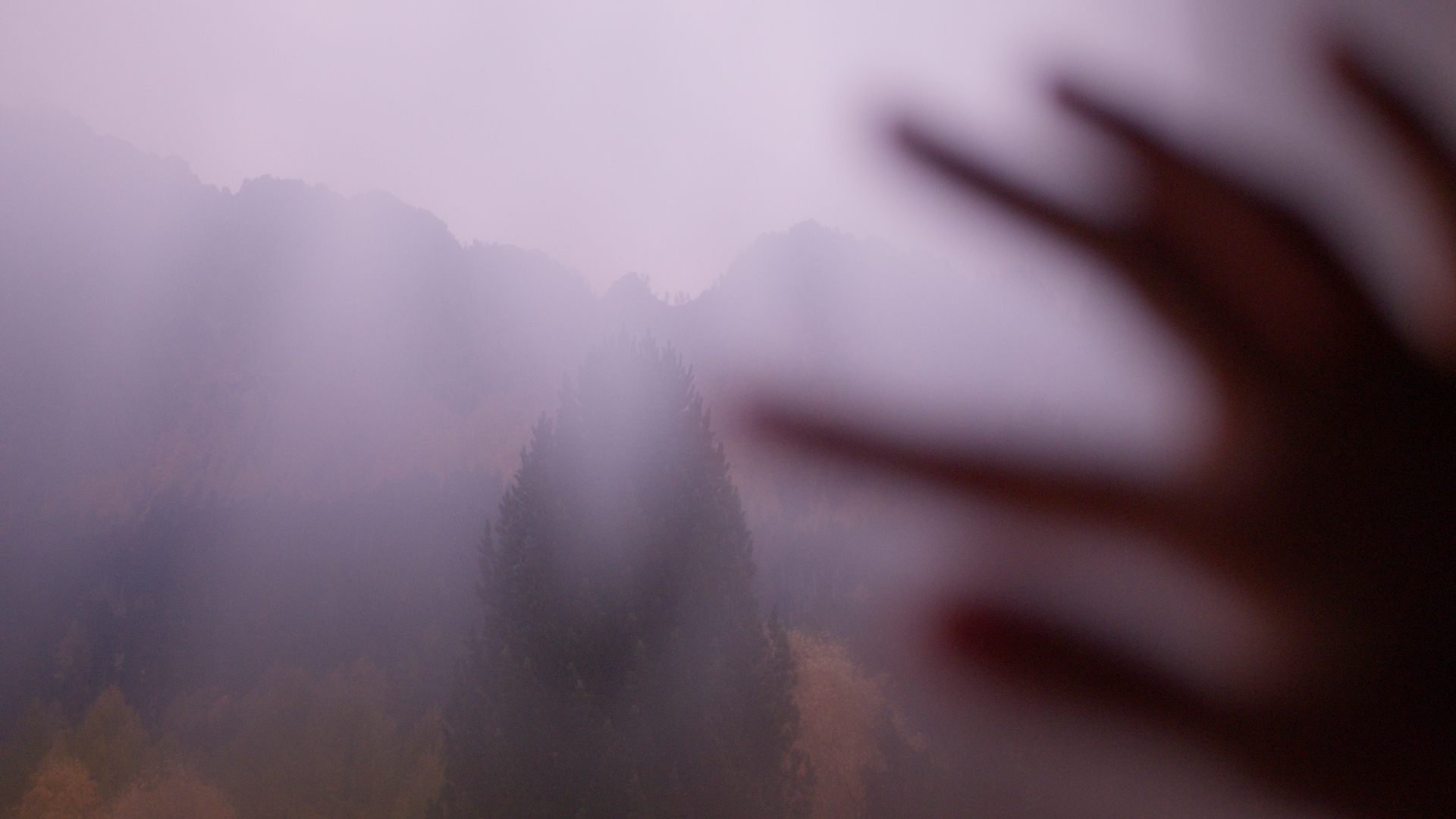Ear to the Ground (Golden Monolith & Black Monolith)

In the film Ear to the Ground (Golden Monolith & Black Monolith), 2024, Ulrika seeks contact with a stone in the Bregaglia Valley, the landscape where the Swiss sculptor Alberto Giacometti (1901-1966) grew up. Sparre enters a dialogue with the stone through the poem Conversations with a stone by Wislawa Szymborska from 1962.
Ear to the Ground (Golden Monolith & Black Monolith) is the third film in the triptych Ear to the Ground. The first was Ear to the Ground (Långviksskär) 2017, and the second Ear to the Gound (Wandering Rocks) 2020.
Description
This artistic project starts from the desire to listen to Alberto Giacometti’s memories in light of a new contemporary contribution. From a historical point of view, Sparre and Giacometti are far apart. However, they seem to share the same spiritual connection drawing inspiration from rocks as a memory of their territory and feelings. In Alberto Giacometti’s and Ulrika Sparre’s imaginary, stones are something alive and immortal.
For the Swiss artists, his birth-place Stampa is defined by a small group of mostly granite mountains. But during his childhood, Stampa was an enchanted world, all made of stone. Giacometti wrote that when he was 4 to 6 years old, among everything that surrounded him, he could only see a huge stone which was 800 meters away from the village. It was a Golden Monolith at the entrance of a little cave. He felt full of joy when he could huddle up at the bottom of the little cave.
Reckoning the potentiality of Giacometti’s memories, Sparre proposes a new interpretation of the nature’s voice that connect places. In dialogue with the stone through the poem Conversations with a stone by Wislawa Szymborska, Sparres research takes place in Stampa. With the use of contact microphones she is recording her encounter with the sound of the Swiss Golden Monolith as well as the Black Monolith. This stone dominates the fascinating landscape, is molded by time and is most likely the first inspiration for the sunken scars of Giacometti’s scultptures. Accordingly, as in his artistic practice the film initiates a dialogue among different degrees of closeness and remoteness.
Sparre’s project interweave a close dialogue between her interpretation of nature’s voice, the conversation with a stone and Giacometti’s memories, which is interpreted in a contemporary sensibility. She transform the time sedimented in stones through the experience of their voices and imperceptible movements.